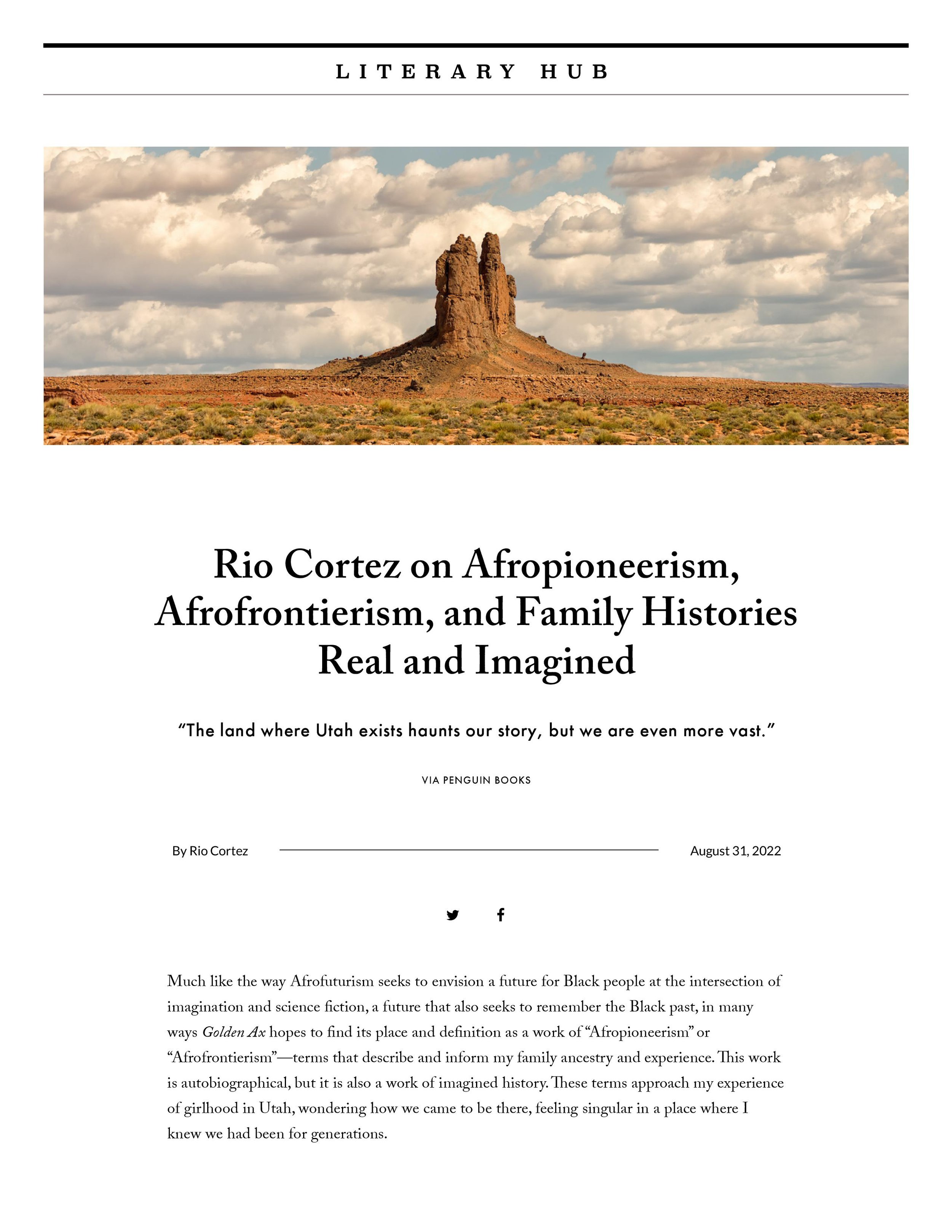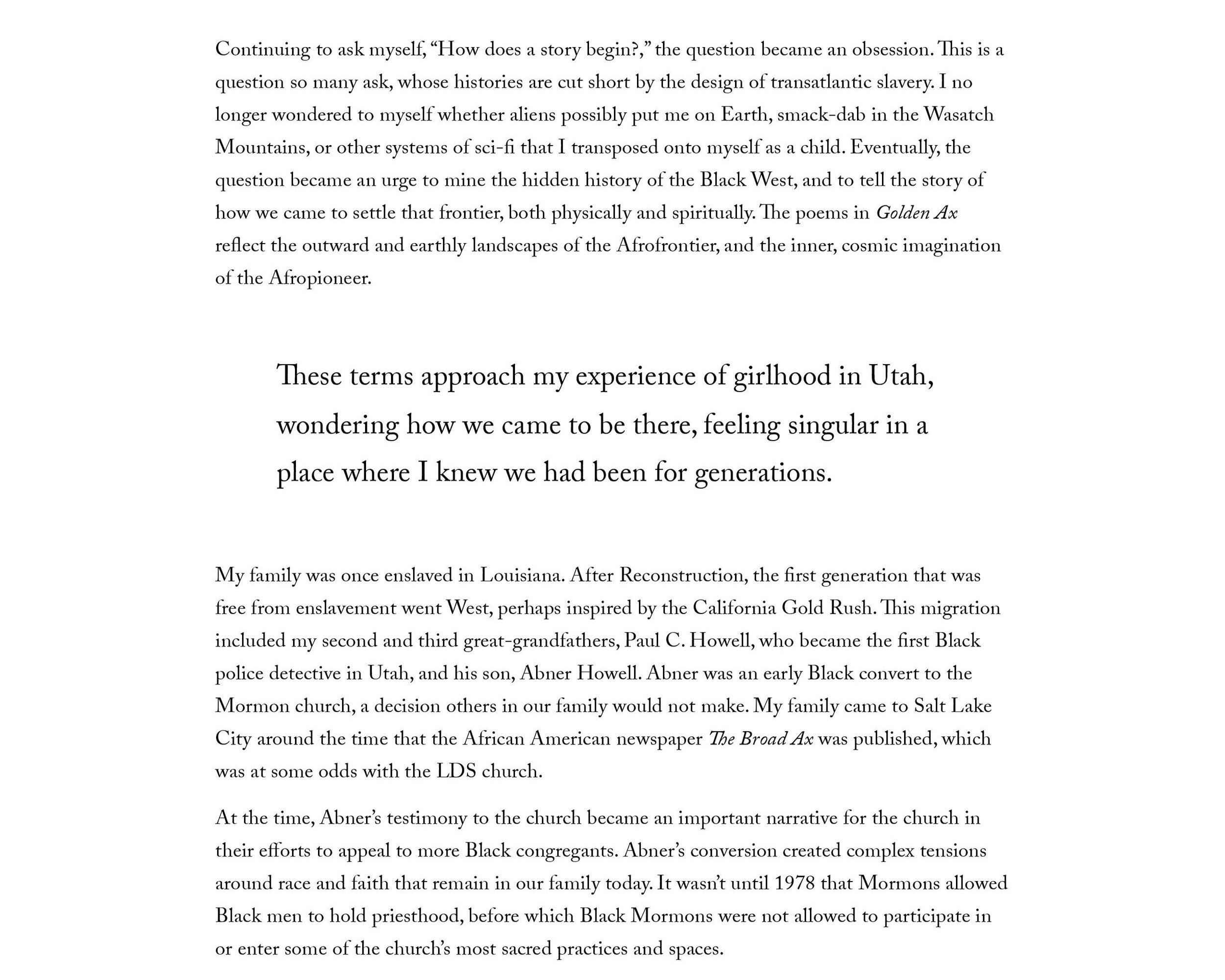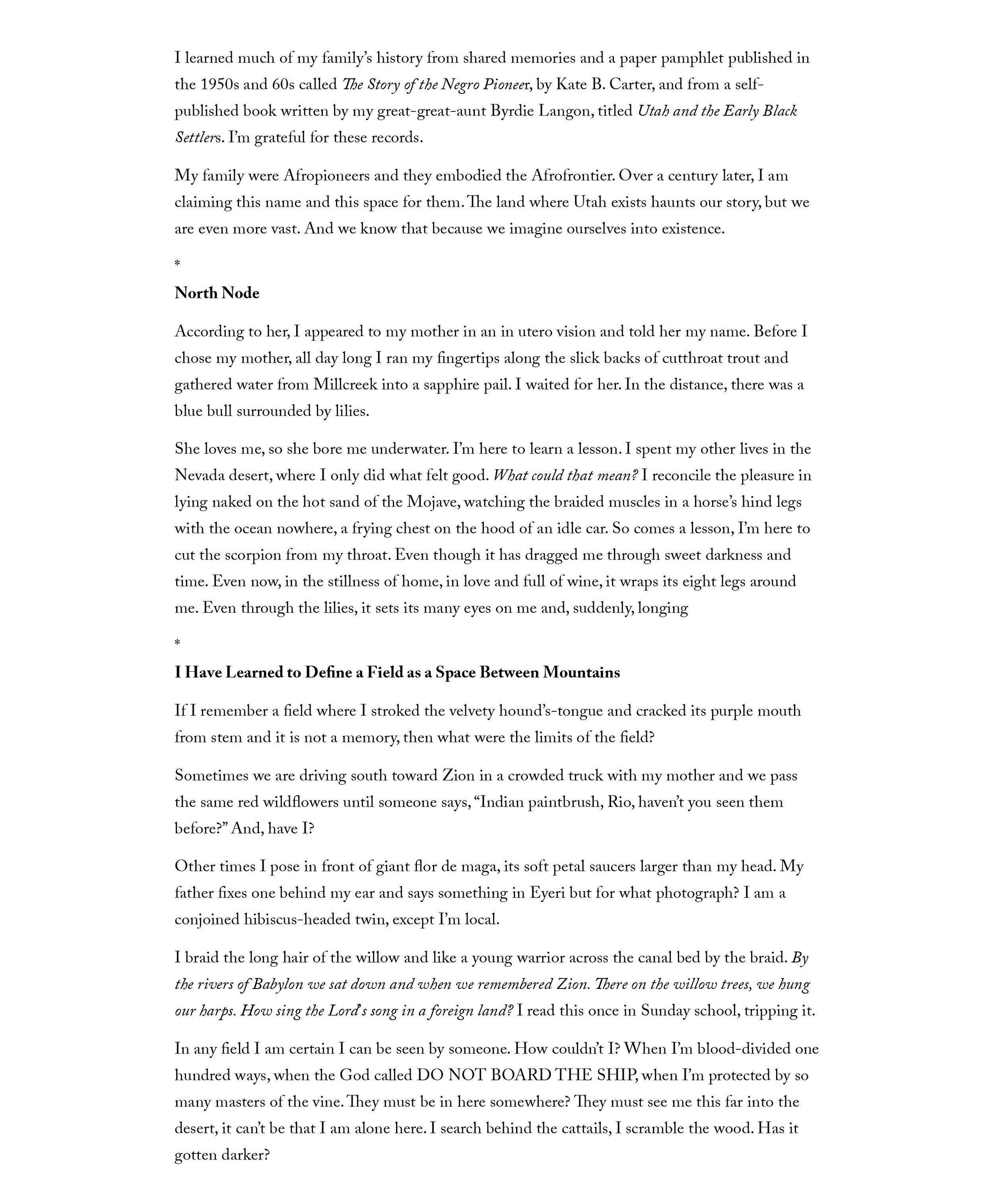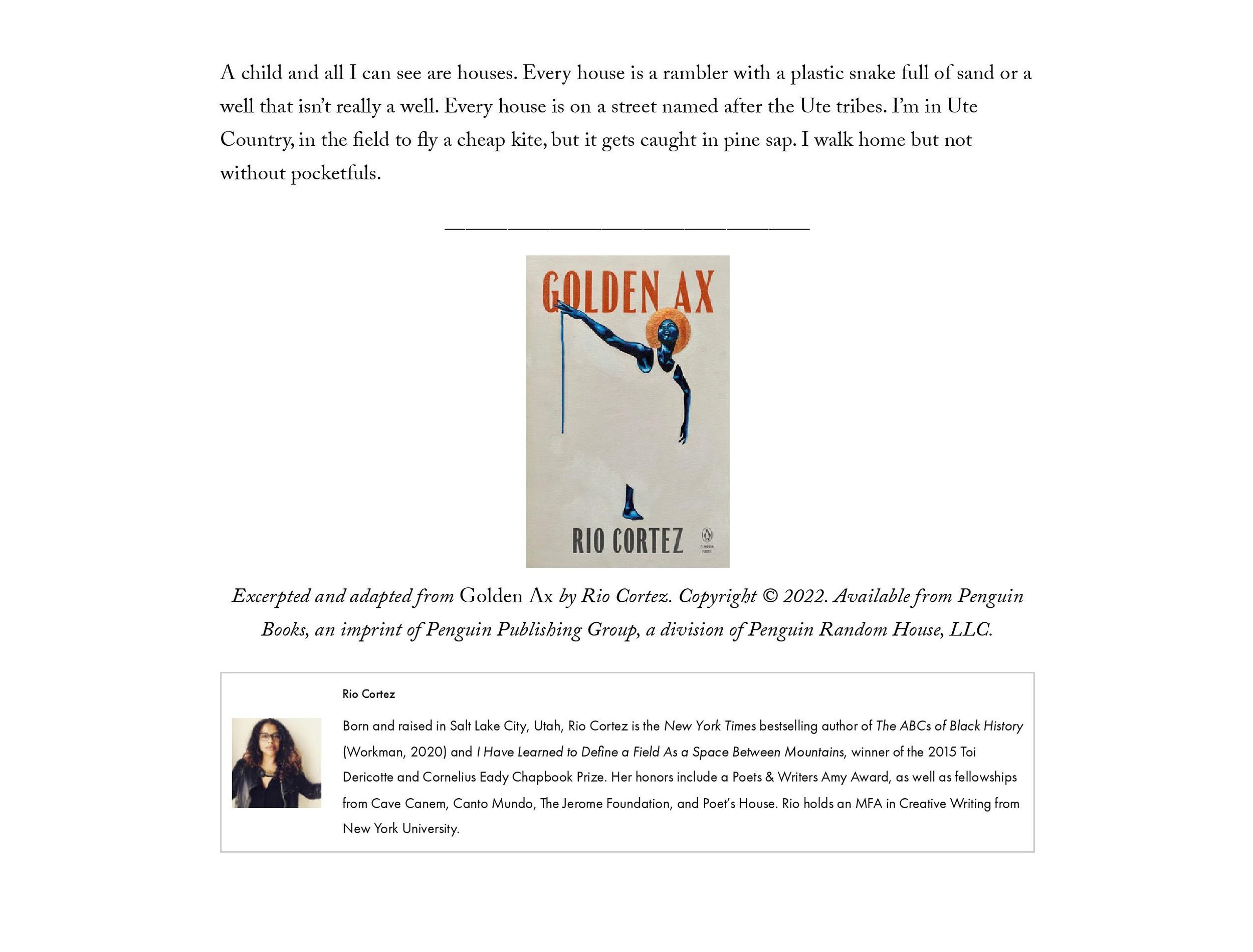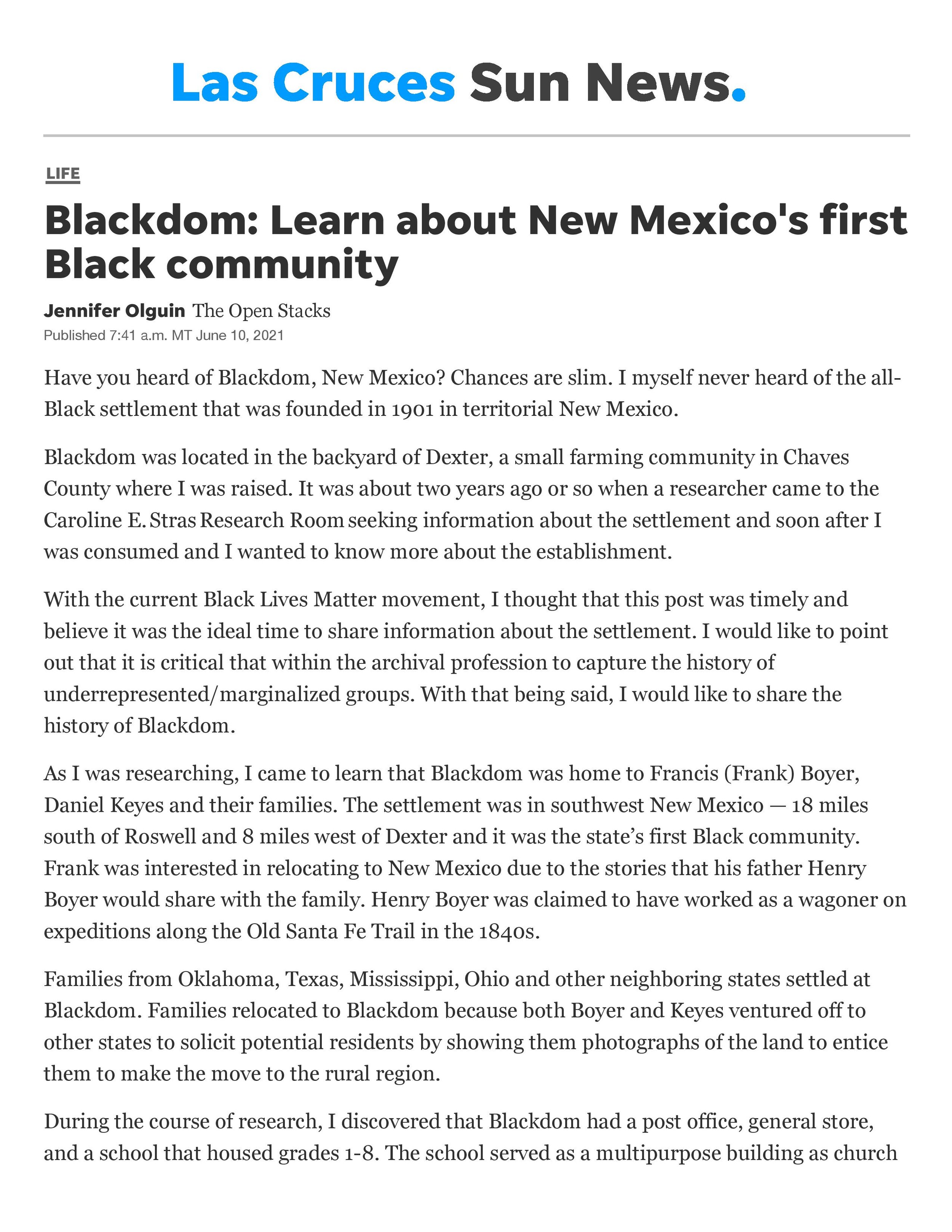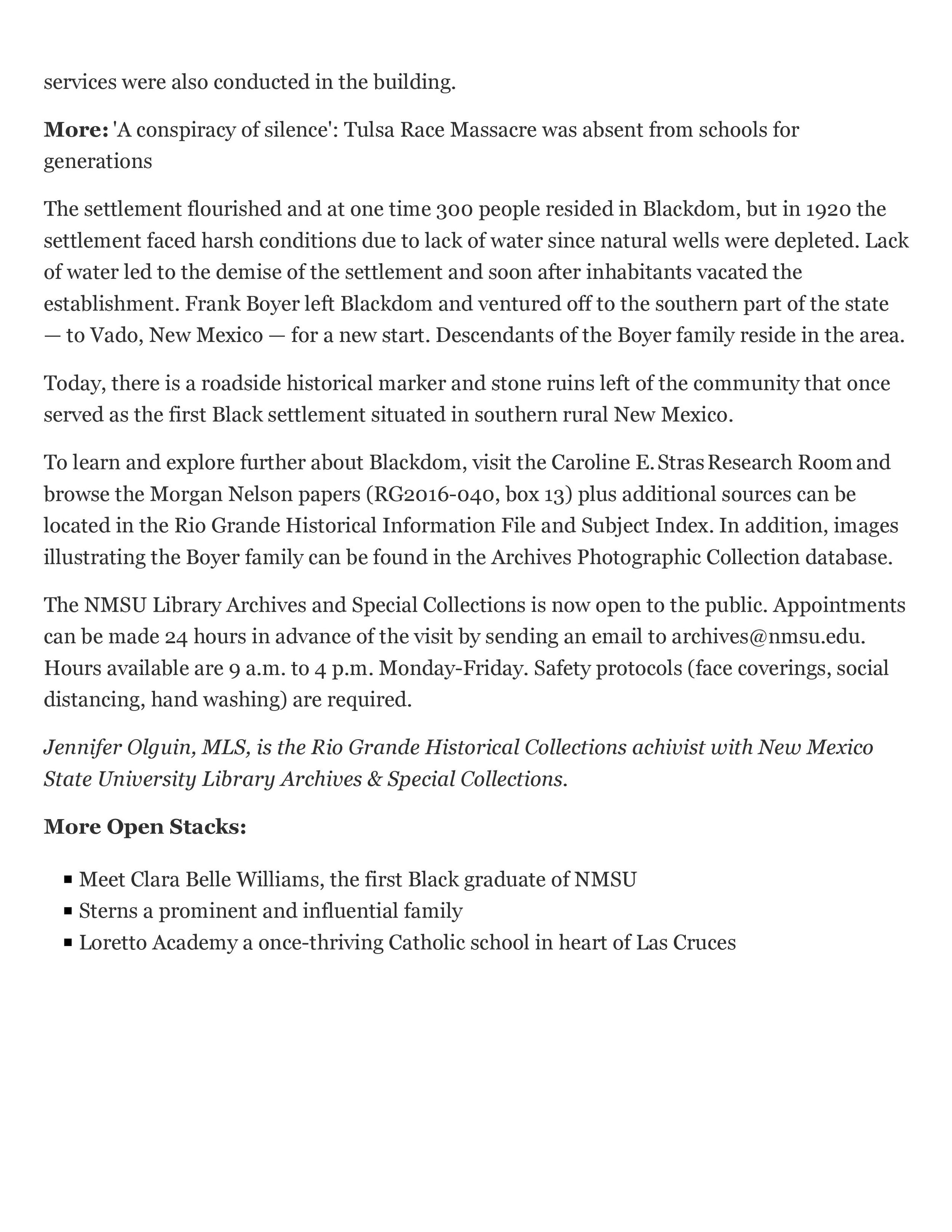Film Prize New Mexico 2023
LOGLINE
A young Black New Mexican woman seeks to uncover “the black experience” for herself and others. Her hope is that by looking to the past and present, She might fully comprehend what it means to be “Black in New Mexico”.
FILMMAKER INTERVIEW
Tell us about the film you entered into the Film Prize Junior competition.
Black in New Mexico follows different stories of black New Mexicans to tell the story of what it’s like being black in New Mexico. We interviewed Dr. Timothy Nelson, and students from Amy Biehl High School.
Tell us about a scene you had an absolute blast filming!
I think my favorite scene to film was probably the interview with Dr. Harold Bailey. He had a great wealth of information and it was so fun getting to interview and looking back on it in editing because he had great advice.
What is your goal in sharing this film with our festival?
I hope I can tell black stories you don’t always hear and that forces New Mexicans themselves to think about hard topics. This film directly challenges the narrative many New Mexicans are told and the black stories in our state matter.
What obstacles challenged you and your crew the most when completing this film? What did you learn from making this short film?
I think what challenged us the most was probably people quitting the project before it was finished and a health scare from my mentor. For a little bit, I was kind of freaking out and had to calm myself down but we made it work.
Why are opportunities like Film Prize Junior important to students today?
I think opportunities like this are important because it gives young filmmakers who are just starting out a chance to prove themselves. It is also a great springboard for experience that many don’t get when starting out.
What advice would you give to future participants in Film Prize Junior?
I think my advice would be to find a story you care about because that will give you motivation to see your project through. The second piece of advice I would give is to be organized and be prepared. You never know what can happen during filming, but you can try your best to put your work forward.



